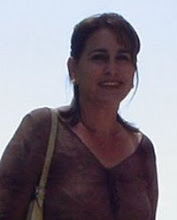
This year coffee harvest un Holguin will be in charge of more than 200 workers who live in the areas of the Turquino Plan, and the support of students and professors who participate in the Plan the School to the Country, that will collect some 10,000 cans of the grain planned for this season in the region of Moa.
The brigades will work in the communities of farallones, Caimanes, Gran Tierra de Moa, El Colorado, La Redonda and calentura, where camps have been fitted for workers and students that will work in the 2010-2011 coffee harvest.
Parallel to the collection program, a group of workers involved in the coffee harvest during the year, will continue with the rehabilitation of the coffee and cocoa plantations in these settlements, as part of economic recovery being carried out in the mountainous regions, linked to the production of coffee and cocoa.
During the 1960s and 1970s, about 60,000 cans of coffee were collected each year in the mountains of Moa, a figure that decreased over the years, and now the highlanders collect no more than 10,000 cans, even when there is the so-called high season of coffee harvest.
According to the coffee growers of the region, the decrease of grain is essentially due to years of exploitation of the plantations, many of which already exceed six and seven decades. However, they have assured that with the current revival of the coffee plantations in Moa, production can increase.
The financial fare increase for each stockpiled can of coffee is undoubtedly an important incentive for producers in the territory, which are already highly motivated to both the coffee and with the results of other crops interspersed on coffee plantations.
Moa can reverse in three or four times the recent volume of coffee in the next five years, with the entry into production of rehabilitated areas, as stated by Luis Soler Real, a member of the Municipal Bureau of the Communist Party of Cuba (PCC for its Spanish acronyms) in Moa, during a tour to areas of the Plan Turquino.


